The Last Hero Of Nostalgaia review | PC21/10/2022 Riffing on an established game or franchise is a risky business. Do it wrong and you're constantly compared to your inspiration and lamented by players for not being up to scratch, but do it right and you can quickly capture the attention of a passionate audience and win goodwill from the get-go.
The enemies themselves have a variety of looks, depending on the area, and reflect different levels of graphical fidelity, depending on how much the memory of them has decayed. Some are in full 3D, but many are deliberately janky-looking 2D cut-outs, flailing their way towards you through the levels, with a similar vibe to the stained glass window knight in Young Sherlock Holmes. The tongue-in-cheek presentation is one of the reasons the game feels refreshing and fun from the very beginning... Don’t let the enemies’ simplistic look lull you into a false sense of security though, they hit hard and they hit fast. The bosses too have all the might and terror of your classic Dark Souls beast, with a sense of scale which takes encounters to a level beyond what you might expect from an indie game. Memory isn’t just a souls or runes-like levelling mechanic, but a theme which keeps coming up throughout the world. With weapons in particular, many have a special ability which can be unlocked by taking them to a specific area of the world and performing a specific action. This was one of the most interesting and unexpected mechanics, and encouraged us to explore the world in more depth, giving us an opportunity to pick up on more of the environmental storytelling. One early area shows the NPCs are actually self-aware, with a sort of locker room complete with motivational posters like “Remember to occasionally miss!” and even a city of their own, as if the game were a day job. The tongue-in-cheek of the presentation is one of the reasons the game feels refreshing and fun from the very beginning, and the team has managed to sustain it as you gradually discover more of the world of Nostalgaia. You can even coop with a friend and explore together for maximum destruction of bad memories.
In all, the experience is everything you would expect from a pastiche of the FromSoftware formula, but also some unexpected fun and games thrown in for good measure. Ready your sword and get ready to take on both nostalgia and Nostalgaia with a well-placed heavy attack. Pros
Cons
9/10 Weird West Review | Xbox One11/4/2022 It's clear that WolfEye Studios' wanted to do something different with the Wild West. From the beginning, there's an element of otherworldliness that not only permeates the whole game, but drives the story forward, pulling the player along for a wild (sorry, weird) ride, full of intrigue, mystery and a whole lot o' kicking. With so many locations to visit, it seems there's an endless supply of goodies to unearth which encourages exploration and offers the chance to experiment with the skill trees without any risk of making a mistake. Exploration can wear thin as most (but certainly not all) areas are relatively small and some are identical. There are different environments to discover as you're unveiling the world map but the graphical style, though it works well, prevents anything from being particularly noteworthy. The sole purpose of exploring is for personal gain. If you're working towards unlocking a particular skill, you'll find what you need sooner or later, but, aside from a few core abilities that'll influence how you approach the game, there's nothing you can't live without. Even stealthy types will want a few combat-focused skills though, as fighting is inevitable and, sometimes, it's just a lot quicker, especially with a companion or two supporting. Thankfully, firefights tend to be short affairs, as the combat itself is simple and not terribly exciting. Plus, there's only a small number of ranged weapons available, though this, alongside the very basic crafting/upgrading system, can be a welcome change of pace. It cuts down a lot of the menu navigation that is required in other action role-playing games. How much the story twists and turns is partly dependent on the player, making every action feel significant. Weird West is more marathon than sprint and it seems a greater amount of time is spent with the first character than any other. This isn't a bad thing; the narrative can slowly build as players familiarise themselves with the various mechanics. Gameplay wise, characters play the same, with only a few select skills that are exclusive to each. The story, however, deepens with every new soul you visit and every interaction you have. For a short while, the protagonists' lives are intertwined and their fates are in your hands. Many of your decisions will have consequences and, whilst it's easy enough to guide the overarching story where you think it should go, you could cause trouble for yourself in the short-term, by killing a key character before they can share useful info, attracting the attention of bounty hunters or having NPCs you've previously wronged start a vendetta against you, guaranteeing a violent altercation with them in the future. It's not without its technical issues. Companions will sometimes freeze in place or completely disappear, your horse will often walk around whilst you're transferring items to or from your inventory (moving and, eventually, closing the menu) and at one point we became intermittently incorporeal. These issues, as annoying as they are, can be addressed by reloading an earlier save or forcing a loading screen by travelling somewhere. Simplicity is at the heart of Weird West. Gameplay is straightforward, dialogue isn't long-winded, cutscenes are not littered throughout and the Narrator chips in sparsely enough to never overstay his welcome. The story being the only exception. How much it twists and turns is partly dependent on the player, making every action feel significant, as the big mystery surrounding these chosen few becomes ever clearer.
With enough dedication, you could spend 30 hours in the Weird West before reaching a satisfying conclusion and none of it would be wasted. Pros
Cons
8/10 Elden Ring review | PS514/3/2022 OK, let’s get the obvious out of the way – yes, Elden Ring is tough. This will be little surprise for anyone who knows developer FromSoftware’s track history, but it was important to give it a little more time than our usual reviews to really scratch the surface of this colossal experience, so here goes… As you gain levels, the number of runes needed to gain the next increases, so at times you’ll find yourself wanting to farm runes to gain levels before taking on a particular area or boss. One area I stumbled upon (though I since read is a well-known farming spot) is a hilltop in Stormhill near the Warmaster’s shack, which has five trolls just hanging out. Each gives you 1,000 runes, and one in particular is more chilled out than the others, making it an easier target. Throughout my time with the game I explored this area many times (and if you try yourself beware doing so at night, as the Deathbird boss lurks nearby), and every single time the experience has gone differently. What’s frustrating is that the method and timing might be exactly the same, but because the enemy AI is clever enough to not be entirely predictable, you never feel like you have a particular handle on the situation, and after one early attempt where I killed 3 or 4 trolls in a row I foolishly went in with a new-found sense of confidence, only to be cut down before defeating even one. Every experience of Elden Ring will be different. There are a lot of different options and approaches you can take – some which might be considered easier...but all are valid. This is the sort of thing which means Elden Ring “isn’t for everyone”. Not because not everyone can “git gud” or because they aren’t capable, but because different people want different things from their gaming experiences, and here the rewarding feeling is earned by a lot of time, hours and determination to keep going back after being killed by Margit, the game’s first mandatory boss, depending on which way you go. Bosses are a huge part (often literally) of this genre of game, and Elden Ring is no exception. One of the symptoms of an open world is that many of these battles are optional, or at least feel avoidable, since they can be tackled in different orders. The tougher bosses have NPC summoning signs which you can use to bring a bit of coop support into battle, and the arcane skills known as Ashes of War can also include allies like wolves, a sorcerer or even jellyfish. You can also team up with other players, the mechanics of which probably could be explained better, but, at this point, what did we expect? The important thing is, the option is there for those who want it, and if you’d rather play offline without any helpful (or deceptive) player messages littering the landscape, you can do that too. Every experience of Elden Ring will be different. With so many classes, builds, weapons and paths to choose, there’s no right way to work through the game’s map, and there are a lot of different options and approaches you can take – some which might be considered easier than others, but all are valid. Visually, the game doesn’t give as striking an impression as the Demon’s Souls remake on PS5, though there are plenty of beautifully crafted vistas and memorable locations, just something about this game’s visual style doesn’t have the same contrast and impact. There is a lot of colour however, with the rich greens, reds and golds of the landscape and sky feeling like a breath of fresh air compared to the greys and browns you might typically see in a FromSoftware production. There are some technical rough edges as well, with a fair amount of noticeable pop-in textures for things like grass. While it doesn’t tend to affect gameplay, it does emphasise the amount of detail that’s packed into the world. Exploration on the other hand is a huge strength. Since sometimes you can run into a tough enemy and feel like you need a change, or to gain a few levels before heading back, having the option of picking any other compass direction and knowing there will be a completely different experience to discover is hugely exciting.
The score and audio design gains some big points as well, with the chilling, understated music swelling to raise the drama of an encounter, and you quickly getting to know sounds that come from touching a Site of Grace or summoning your trusty spectral steed Torrent. In all, the journey across The Lands Between has been far more enlightening than I expected, with Elden Ring proving to be more forgiving, rewarding and yet more punishing than any game I’ve ever played. Whether it’s an experience for you or not, you might have already made up your mind, but if you’re hesitant, I would say it’s definitely worth the benefit of the doubt. FromSoft have crafted an experience that's well worth a go. Pros
Cons
9/10 Diablo 2: Resurrected review | PS55/10/2021 “Just keep putting skill points into Thorns” – this was the advice we received the last time we played Diablo 2, over 20 years ago, but we'd need more than that to fend off the demonic forces of hell. Those with a background in Dungeons & Dragons or anyone who knows their dexterity from their vitality will feel right at home, as the player is given five precious attribute points each level to spend however they like. It’s even possible to respec, though only once per playthrough without some extra legwork. Levelling also pays out skill points, which are more immediately tangible, granting additional active abilities which consume mana, or passive traits which become more and more significant with each point invested. Certain gear requires meeting specific class and attribute thresholds, which is something else to keep in mind. Looting is a big deal in general and you'll quickly find the limited inventory space filling up as a result, so item management is also a key part of getting the most out of the experience. Keeping gear up to date is vital to avoid getting caught out and brutally cut down in your stride; even a change to one or two equipment slots can grant huge bonuses against certain enemies. Since dying drops all money and equipment until it’s retrieved from your corpse, character loadouts are something to always stay on top of. It's clear time and care has been put into the remaster, but perhaps, in the end, Blizzard should have gone for a remake. Baddies come in all shapes and sizes, from elemental beasts to savage demons, and at times the screen can be filled with a horde of different targets. Targeting isn't as precise as it could be on a controller, unfortunately, which can lead to some annoying deaths. The most frustrating foes to watch out for, who come in various forms throughout the game but start appearing very early on, are the shamans, who have the power to revive their fallen allies. Of course, for those that choose to play the Necromancer class, it’s possible to beat them at their own game. Whatever the class, it’s always possible to hire a mercenary to help out in combat and draw some enemy fire, which can make a huge difference when it comes to crowd control. This helps to make the experience feel less lonely, but, of course, you can also team up with fellow adventurers in online co-op multiplayer.
In the end, Diablo 2: Resurrected can feel a little archaic and even out of touch with what draws many to modern action games. It's clear that time and care has been put into the remaster, but perhaps, in the end, Blizzard should have gone for a full remake – look at the recent successes of Final Fantasy VII and Demon's Souls as a couple of examples within the genre. With many fans eagerly awaiting Diablo 4, D2: Resurrected is a good opportunity to try the game that put the series on the map. The company's current lawsuit may cause some players to think twice, but as far as judging the game on its own merits, there's a lot to enjoy, and it's easy to see why the original gained such esteem two decades ago. Pros
Cons
7/10 |
READ MORECategories
All
Archives
December 2023
|
Pass the Controller |
|
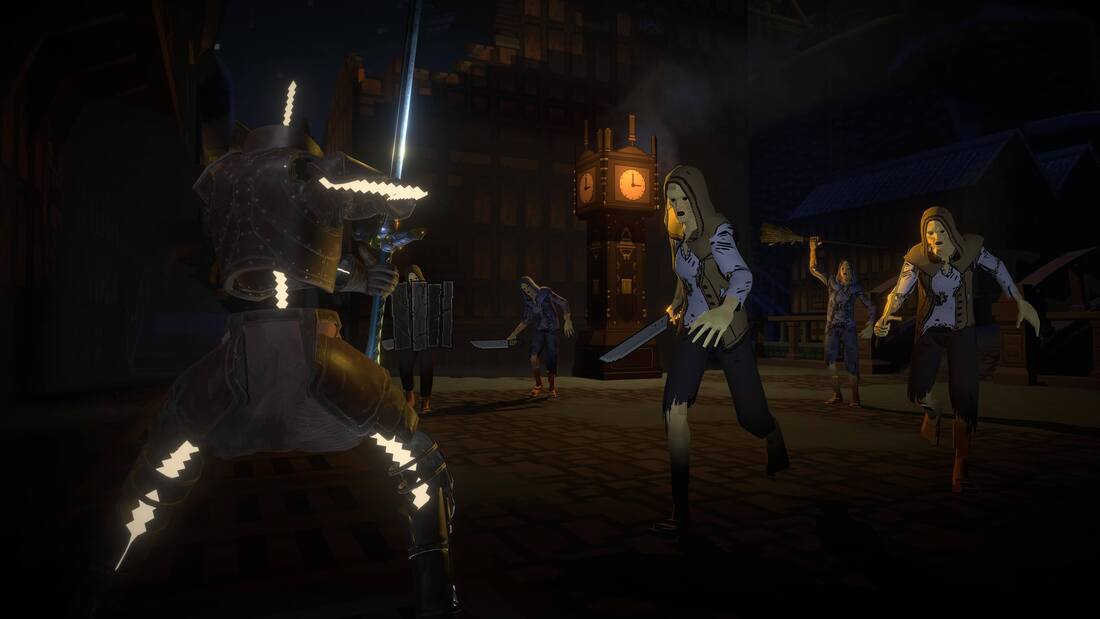


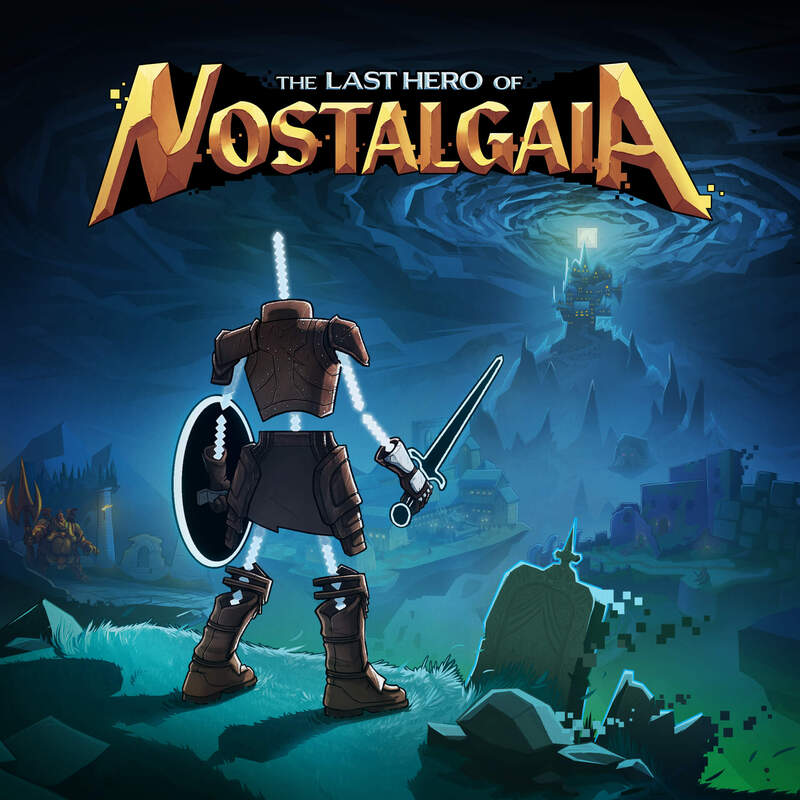
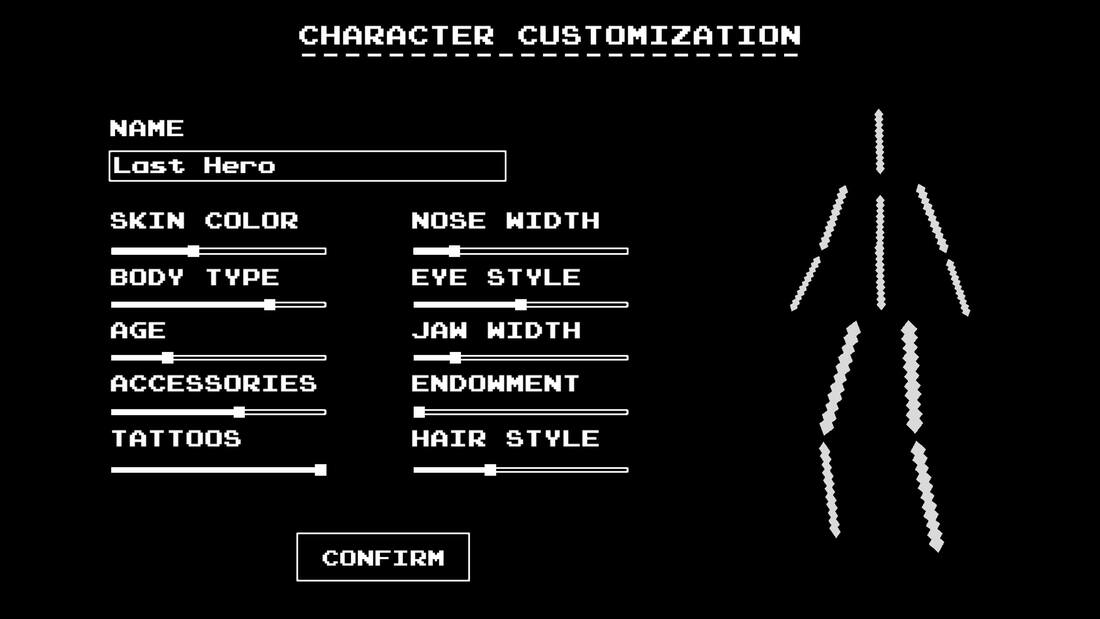
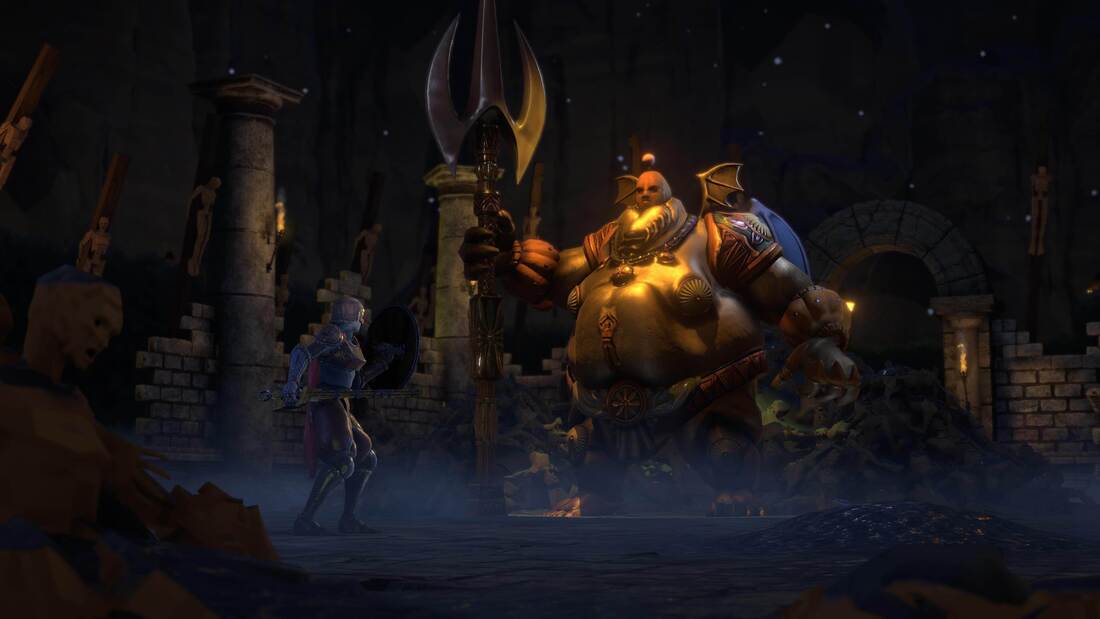
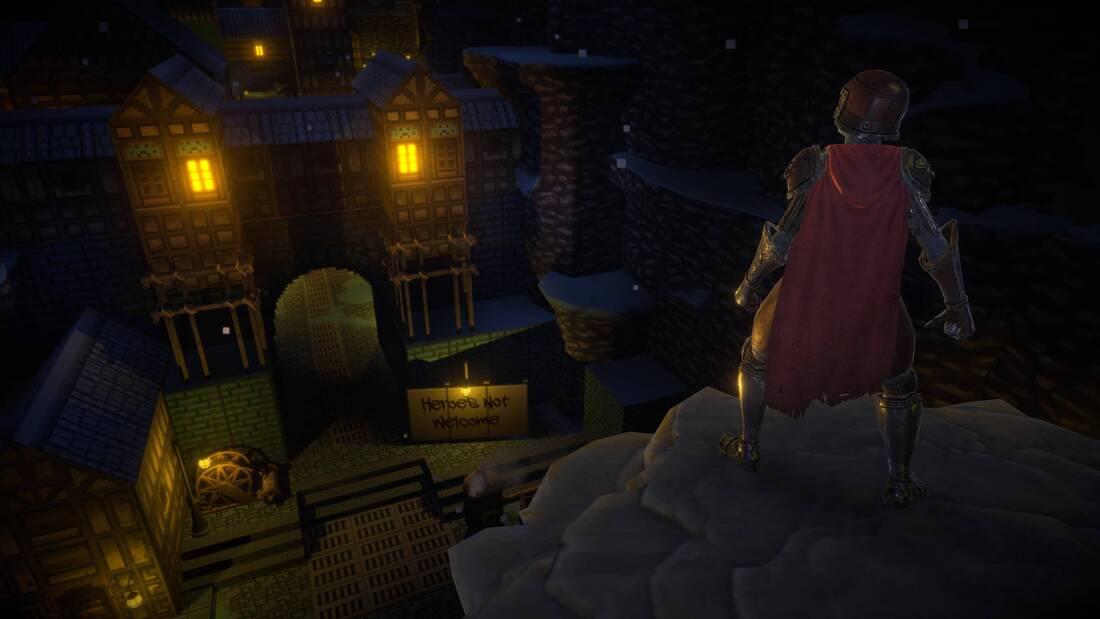
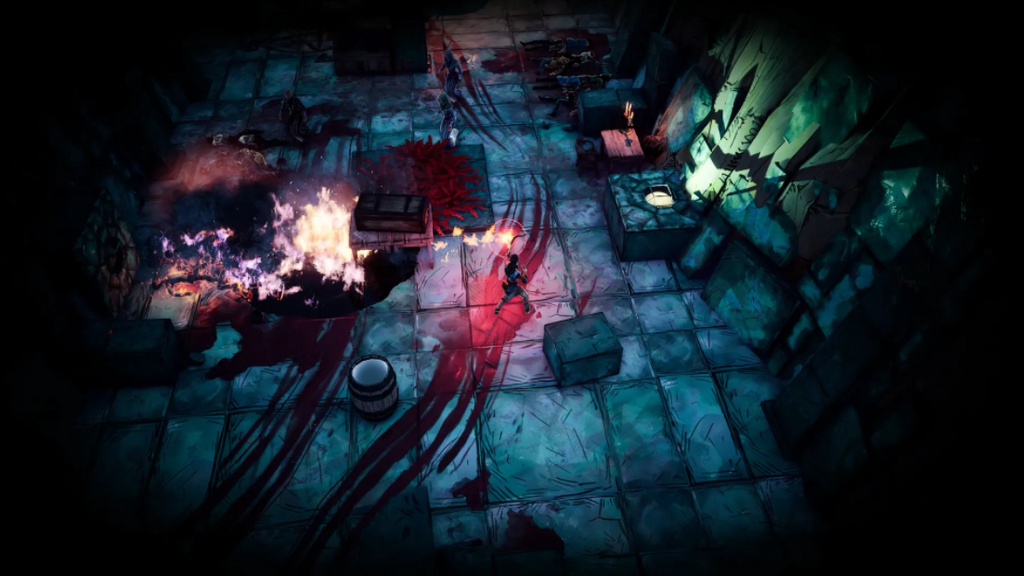


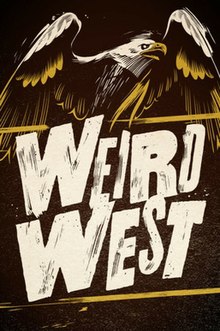
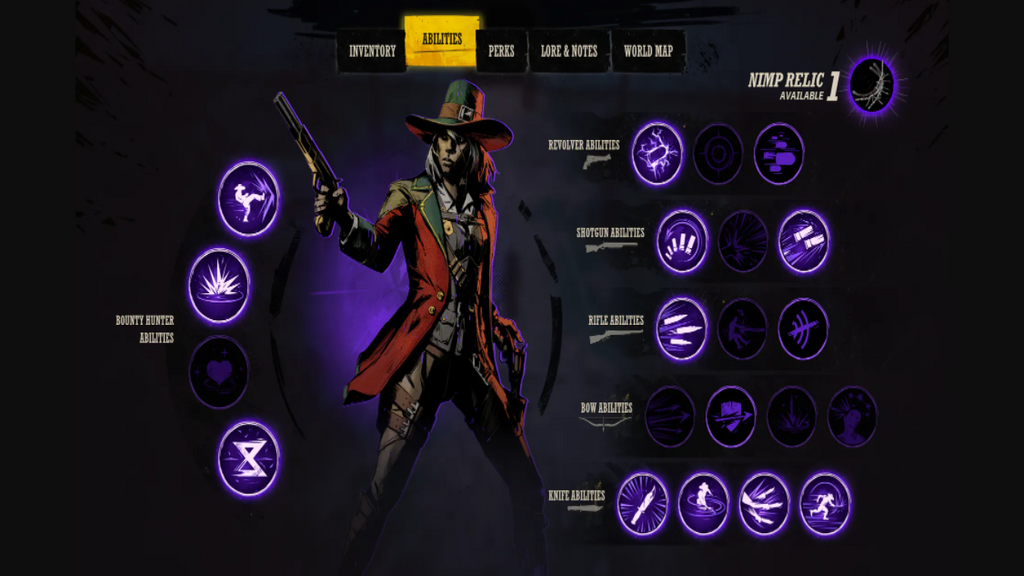
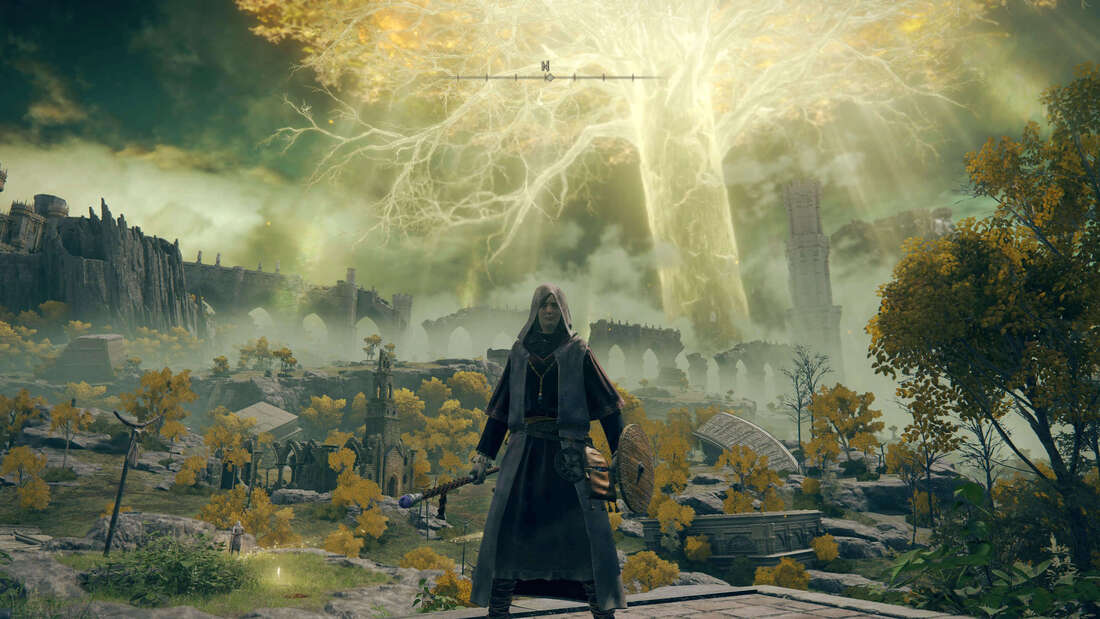


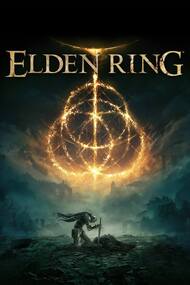
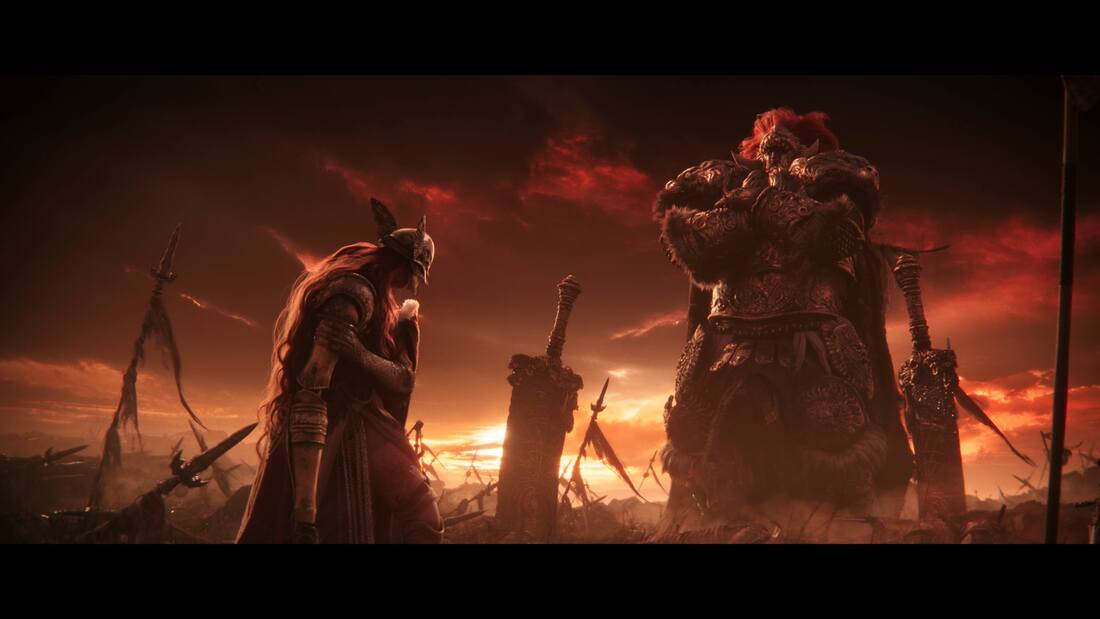
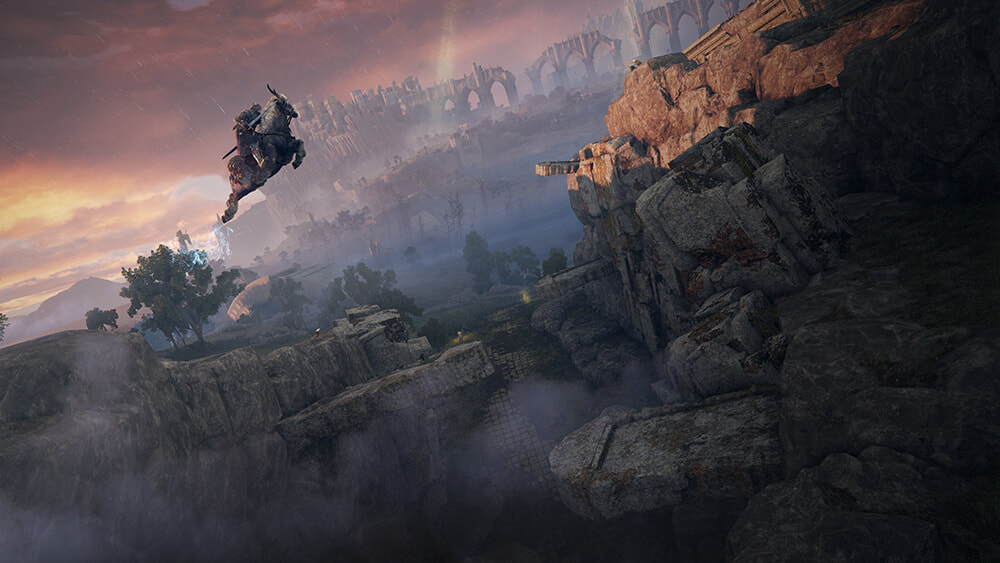



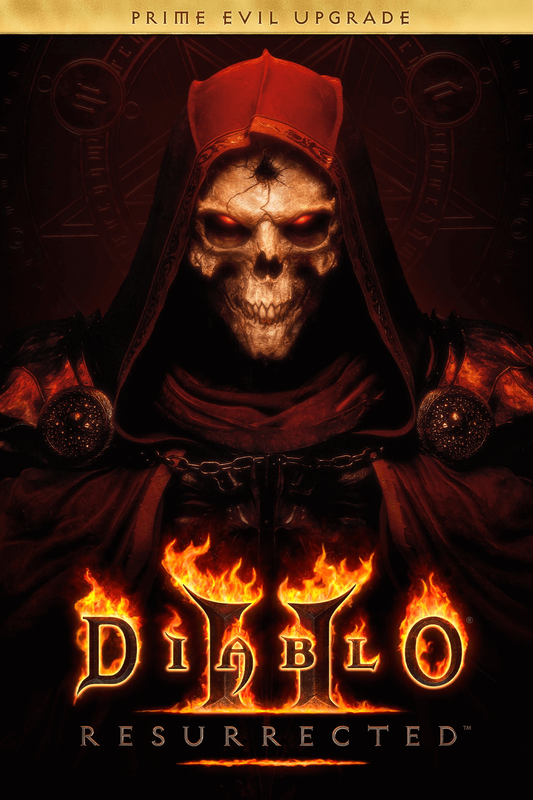
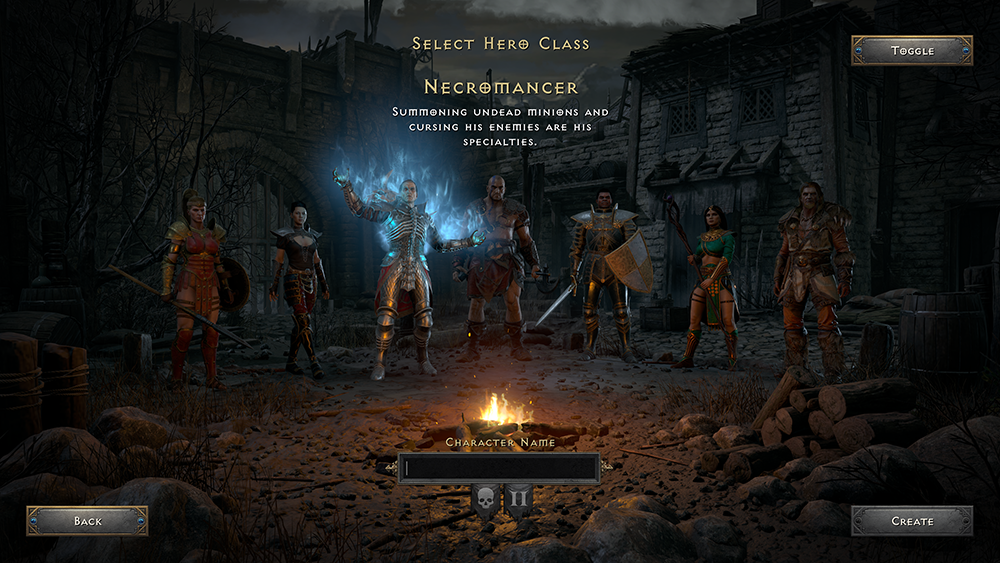
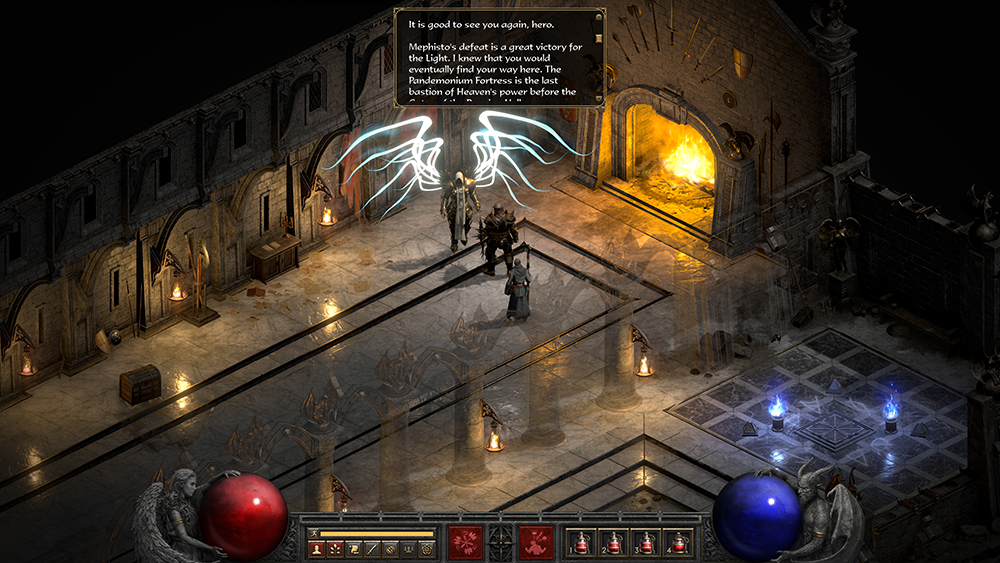
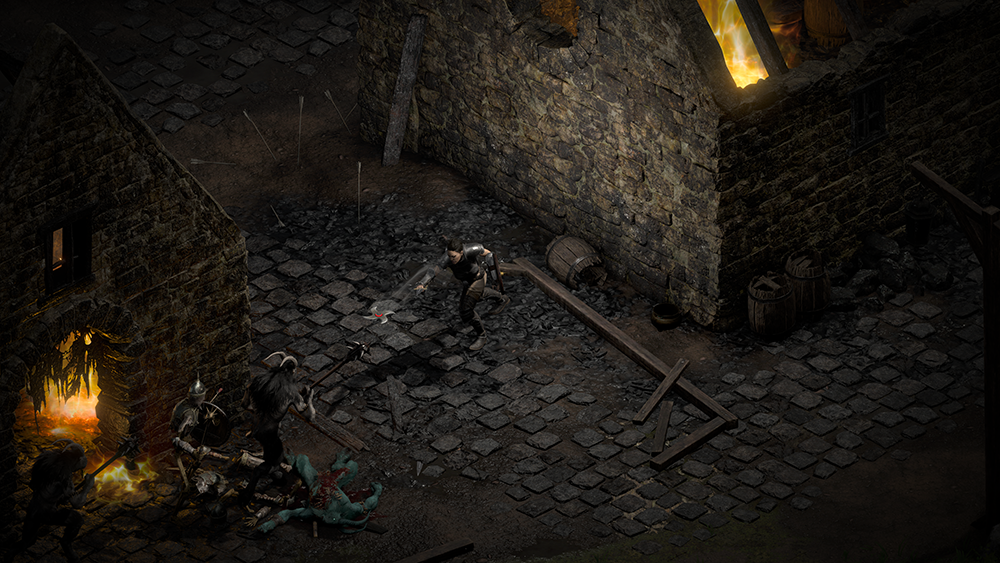
 RSS Feed
RSS Feed